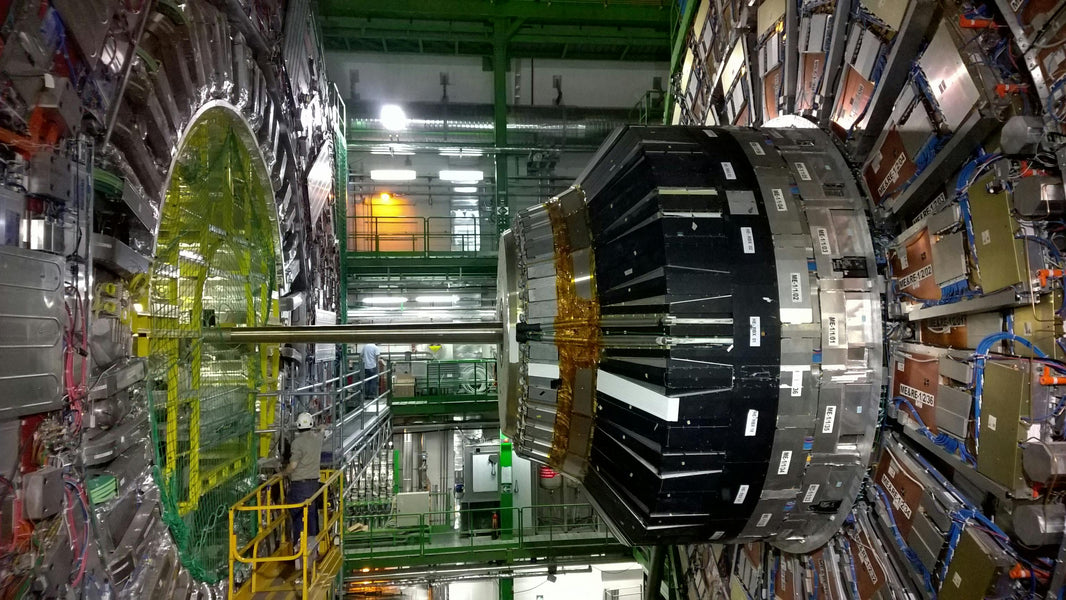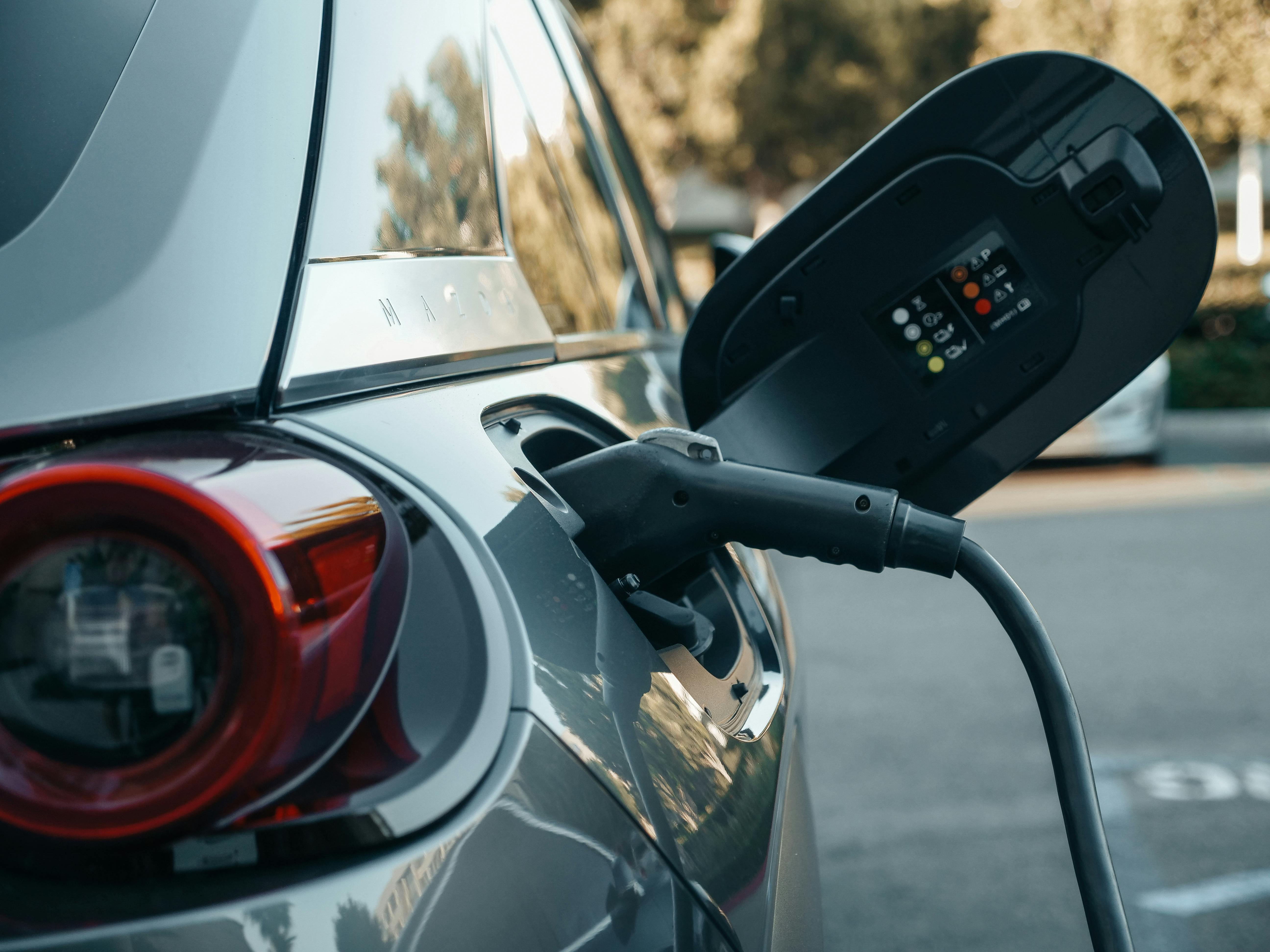As the world accelerates toward renewable energy adoption, the sustainability of solar panel manufacturing itself is under the spotlight. While photovoltaic (PV) energy systems drastically reduce greenhouse gas emissions over their lifetime, their end-of-life impact is often overlooked. In 2025, with solar capacity expected to exceed 1,600 GW globally (up from 1,177 GW in 2023, according to the IEA), the push for recyclable and circular solar materials has become not just desirable, but urgent.
Why Recycling Solar Panels Matters
Traditional solar panels have a lifespan of around 25–30 years. With millions of systems installed globally since the early 2000s, we are now entering the first wave of solar waste. According to the International Renewable Energy Agency (IRENA), solar panel waste could total 78 million tonnes by 2050—yet over 95% of a solar panel’s components can technically be recovered and reused.
Current Waste Composition of a Typical PV Panel:
Glass – 75% (fully recyclable)
Aluminum frame – 10% (readily recyclable)
Silicon wafers – 5–6% (recoverable with advanced processing)
Plastic backsheet – 5% (partially recyclable)
Silver, copper, and rare metals – <1% (critical for value recovery)
Yet without scalable, cost-effective recycling systems and supportive policies, much of this material ends up in landfills.
What Is Circular Solar Design?
Circular design in solar manufacturing involves designing panels from the start with recyclability and reuse in mind, rather than as an afterthought. This means choosing materials and construction methods that are easy to disassemble.
-
Use mono-material layers (rather than mixed plastics)
-
Avoid harmful encapsulants that hinder material separation
-
Allow for remanufacturing into new solar modules
The Rise of Recyclable Solar Innovations
1. Glass-Glass Modules
Glass-glass bifacial panels are gaining traction due to their increased recyclability and durability. They eliminate polymer backsheets (which are hard to recycle) and offer better long-term weather resistance.
📊 Stat: Glass-glass modules have a failure rate of only 0.01% per year, compared to 0.1% for traditional glass-polymer panels.
2. Lead-Free and Cadmium-Free Materials
Heavy metals in traditional PV systems pose toxicity risks during recycling. Manufacturers like LONGi and First Solar are innovating cadmium-free and lead-free technologies for better circularity.
3. Recyclable Encapsulants
Companies are replacing EVA (ethylene vinyl acetate) with thermoplastic polyolefin (TPO) or other materials that can be easily separated and recycled without thermal decomposition.
Global Policy Push and Recycling Facilities
In 2025, the European Union leads the way with its WEEE Directive, mandating solar panel recycling. France has launched PV Cycle, a national take-back scheme, achieving over 90% material recovery rates.
Meanwhile, the UAE, Saudi Arabia, and Oman are in early stages of drafting PV recycling roadmaps as part of their green city and Vision 2030 programs.
Where Gletscher Energy Fits In
Gletscher Energy is at the forefront of integrating recyclable solar solutions within its Makellos Series. These panels:
-
Use glass-glass architecture
-
Feature non-toxic encapsulation
-
They are manufactured in low-emission facilities powered by renewables
The company is also partnering with developers in the Middle East to pilot recycling take-back programs that aim to process decommissioned modules from legacy projects.
✅ Goal: 85% material recovery by 2030 across all Makellos product deployments
Economic Opportunity in PV Recycling
Beyond sustainability, solar recycling presents a massive economic opportunity:
-
By 2030, IRENA estimates $15 billion in recoverable materials from solar panel waste
-
Recycled silicon could reduce manufacturing emissions by 50%
-
Silver recovery from older modules can reduce mining needs by up to 8% globally
Challenges Still Ahead
Despite rapid advancements, challenges remain:
Cost parity: Recycling is often more expensive than landfill
Infrastructure: Few countries have dedicated PV recycling plants
Traceability: Lack of standard serial tracking complicates the manufacturer's take-back
Consumer Awareness: Many system owners are unaware of end-of-life options
What Stakeholders Can Do
Governments: Introduce take-back laws and recycling incentives
Manufacturers: Design for disassembly and traceability
Investors: Fund circular startups and closed-loop technologies
Customers: Choose brands with sustainability certifications and recycling programs
Final Thoughts: Solar’s Second Life
Recyclable solar panels are no longer a futuristic idea—they’re a current necessity. As the energy transition gains momentum, Gletscher Energy aims to lead not just in clean power generation but also in sustainable lifecycle management.
The future of solar must be circular. And it begins with material innovation today.









